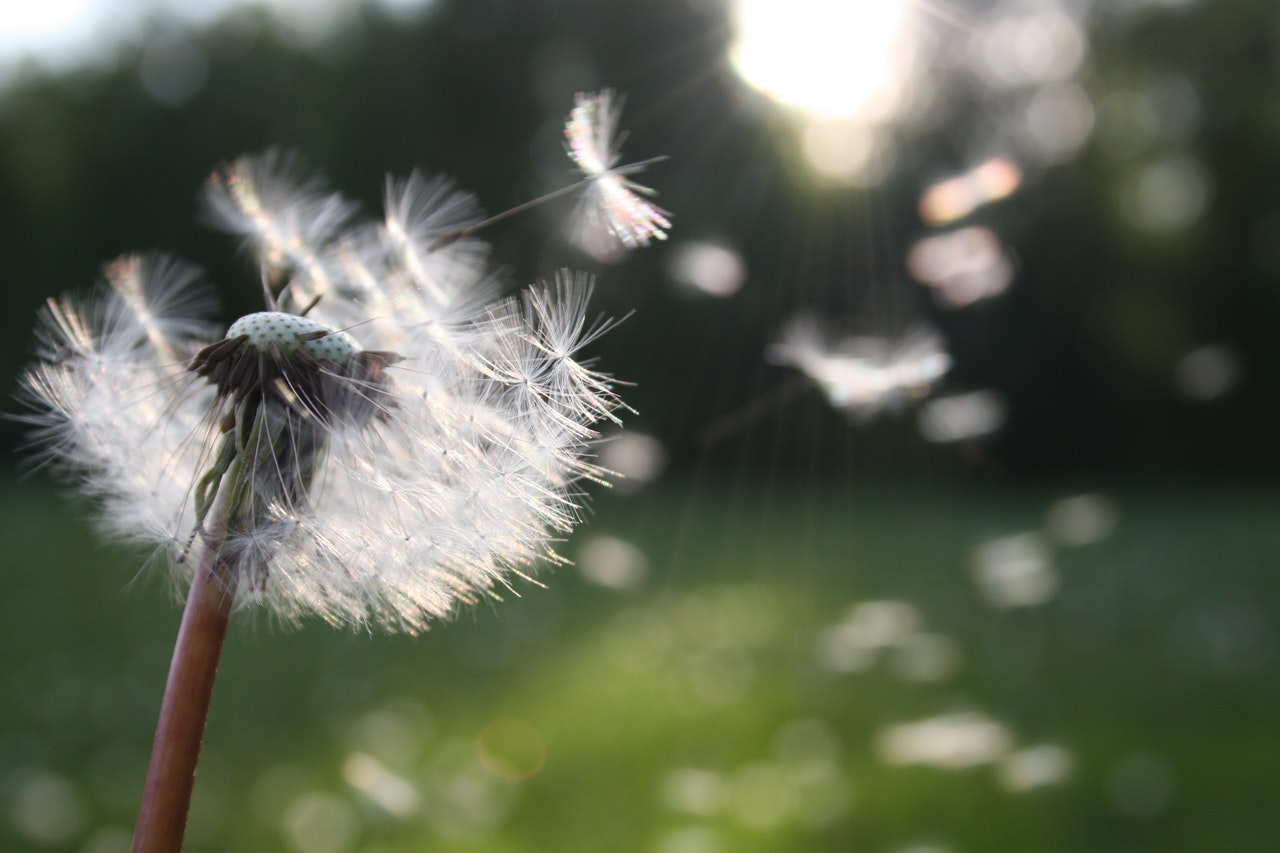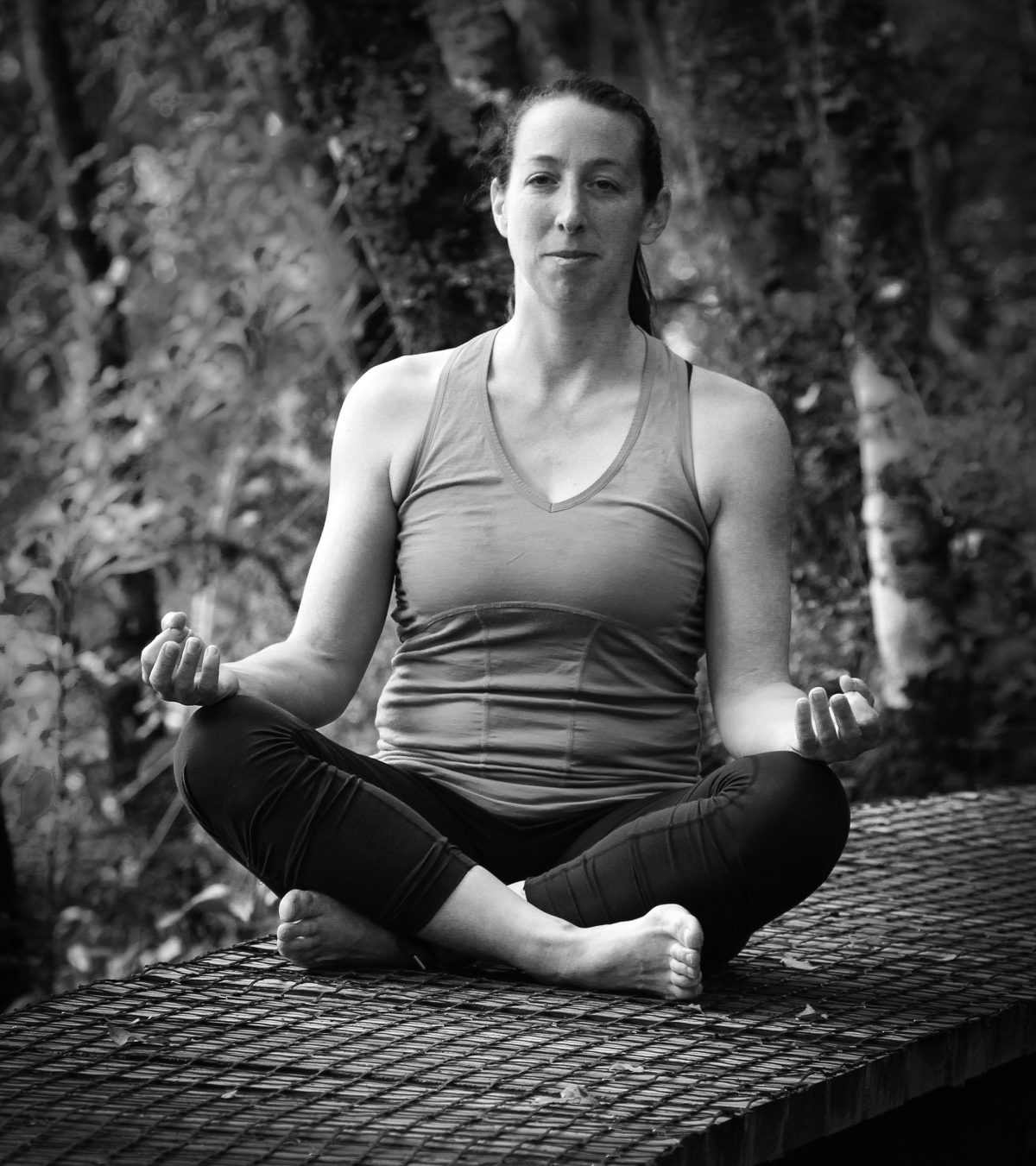Pranayama in yoga refers to practices or techniques to moderate, change or influence how we are breathing. It can involve changing things like:
- The pace of the inhale or exhale
- The amount or quantity of air that is inhaled or exhaled
- The ratio of the inhale to exhale
- Holding the breath out or in (known as breath retention)
- Using our body to change the breath (such as closing one nostril, breathing through the mouth, changing the position of the tongue, restricting the breath in the throat, and using active abdominal muscles to influence breathing). This can involve using mudras (hand gestures) or bandhas (locks using muscle activation).
This is often called breath control or breath regulation. There are many types of pranayama from simple to complex. Some examples include
What is the point of pranayama?
Pranayama is a Sanskrit word. In translating the word, it is often split into two words, and I’ve seen two variations of this: prana and yama OR prana and ayama. Prana is often translated as life force or life energy, yama as control, and ayama as control, regulation, not controlled, not restrained or free. To dive deeper into the translation and interpretation of the word and its meaning check out this article Pranayama: Why “Breath Control” Is Not the Best Translation.
Many of the ancient texts that underpin yoga include prayanama including the Hatha Yoga Pradipika, Upanishads, Patanjali’s sutras, the Vedas and more, with varying approaches to the how and why. You can find a range of benefits or purposes of practicing pranayama in these ancient philosophies and texts including physical and spiritual purification, improving the mind body connection, contributing to the stilling of the mind, improving the flow of prana (or energy) through the body, and contributing to the wider purpose of yoga to connect to the wider/universal consciousness.
A. G. Mohan and Dr. Ganesh Mohan write:
“Breathing is the link between body and mind in the yoga practice. The breath can lead the body toward wellness and the mind toward calmness. In truth, breathing is a foundational link between body and mind, period.”
From We should steady the mind and the body before doing pranayama by A. G. Mohan and Dr. Ganesh Mohan
Scientists and researchers have been studying the benefits of breathing practices for decades. A 2018 review of published research identified just over 1400 articles looking at the benefits of yogic breathing practices. Depending on the type, breathing practices can influence the breath rate, heart rate, blood pressure, lung function, brain function and focus, and autonomic nervous system (including reducing stress and anxiety, and helping with insomnia).
Often pranayama is best known for the breathing practices that influence the autonomic nervous system – in particular practices that help trigger the parasympathetic nervous system (often known as rest and digest or relaxation response).
How to start with pranayama?
Some types of modern yoga incorporate pranayama simultaneously with asana (the physical poses of yoga). This isn’t the ideal way to learn pranayama. It’s hard doing two things at the same time well. It’s more effective to build a foundation by focusing on just pranayama or your breathing, independent of complex movements. But that doesn’t mean separating the mind-body connection.
A good place to start is with basic awareness of your breath and how your breath is connected to your body awareness. At a fundamental level, breath awareness is about noticing and observing your breath, without changing it or making judgements. I’ve written before about two ways to gently explore breath awareness, either through conscious awareness or through simple movement awareness.
When you are ready to start exploring changing your breathing practices, I’d recommend starting with:
- Even breathing or equalising your inhales and exhales, known as sama vritti – this involves counting how long it takes to inhale and to exhale, and working on making them last the same length of time
- Brahmari or buzzing bee breath – this involves gently inhaling through your nose, and as you exhale through your nose, you make a humming sound (like a buzzing bee); you can also add mudras or hand gestures to enhance the benefits and experience
- Nadi shodhana or alternate nostril breathing – this involves using your fingers to gently press on the sides of your nose to control your breathing (see the image below).
The more basic techniques are ok to try on your own, but if you are interested in exploring more advances techniques it’s worth finding a qualified teacher as changing your breath can have significant positive and negative impacts.





